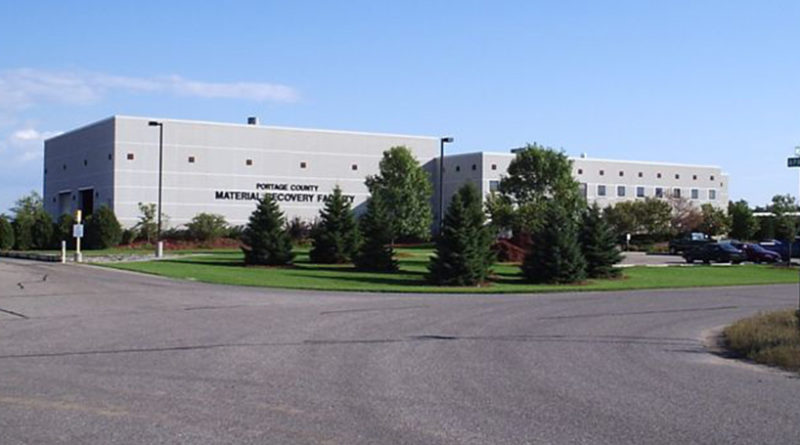Column: The history of plastic will likely surprise you
By Amanda Haffele
Did you know “plastic” was a word that originally meant “pliable and easily shaped?”
Today plastic refers to a type of material, the polymer. Polymers are long chains of atoms arranged in repeating patterns. Synthetic or manmade polymers are made from carbon atoms provided by petroleum and other fossil fuels. The length and patterns of each polymer are what makes them strong, lightweight, and flexible, in essence, plastic.
In 1869, John Wesley Hyatt, invented the first synthetic polymer to reduce the demand for ivory used in billiards. The creation of different types of plastics expanded throughout the 1900s. However, the production of plastic didn’t really take off until World War II. During this time period, the need to preserve scarce resources is what drove the production of plastic to an all-time high.
According to the Chemical Heritage Foundation, plastic production increased by 300 percent during the war. In 1935, Wallace Carothers created nylon to replace silk, making it a big player in plastic production during this time. Nylon was used to make ropes, parachutes, body armor, helmets, and other items.
Fast forward to 2021 and plastic is everywhere—from our electronics to appliances to dishes to our vehicles. Plastic has shaped the way we function as a society. It is lighter weight than other materials, therefore, reducing transportation costs and greenhouse gas emissions. It’s strong, durable, and relatively inexpensive to make.
However, we must keep in mind that plastic is a manmade material which means it can’t break down into anything Mother Nature can utilize. It takes approximately 450 years for a plastic bottle to break down into tiny pieces of plastic, but it never truly goes away.
What can we do? Now that’s simple. Buy plastic that we know can be reused or recycled or try to avoid it altogether.
In our community, we can recycle plastic bottles, jugs, and tubs curbside.
- Examples include water and soda bottles, shampoo and lotion bottles, detergent or milk jugs, coffee and almond or peanut butter tubs, or cottage cheese and cool whip tubs
- Plastic film and bags can be dropped off at one of these locations for recycling: Metro Market, Wal-Mart, Lowe’s, Kohl’s, Target, or Trigs. When plastic film and bags leave drop-off locations, most of them will get processed into composite deck boards. Make sure to keep them clean and dry.
- Did you know bread or bun bags or the wrap-around toilet paper and paper towel rolls can be recycled with plastic film and bags? Or that any frozen food bags are not recyclable due to an added oxygen barrier to prevent freezer burn? Or any biodegradable or compostable plastic film or bags are not recyclable? No one wants their decks to degrade over the years.
- Plastic components of electronics are recycled when you properly recycle your electronics through the Portage County Transfer Facility, Best Buy, or Express Recycling
- Carpet and carpet pads can be recycled (yes carpet is generally made from plastic) in Plover with Carpets Plus, (715) 341-0422. Call ahead to make sure your carpet qualifies for recycling.
- Polyester clothes, bedding, or blankets, taken to a thrift store will either be reused or upcycled into rags or insulation.
- Reusable plastic dishes, toys, and other miscellaneous items that are in good condition can be donated to a thrift store for reuse.
- Large bulky plastic items such as laundry baskets, chairs, slides, kiddie pools, or all plastic toys can be dropped off, for a small fee, at the Portage County Transfer Facility for recycling. If they end up in your curbside bin they will not get recycled.
Why do we only recycle bottles, jugs, and tubs? Markets and equipment are why. These types of plastic containers have the highest resale value, are the easiest materials to process at a Material Recovery Facility or recycling facility, and have reliable and available markets (meaning a company will buy these in large quantities to be made into new items).
This is due partially to their uniform shape, streamlining of modern technology, and the fact that these materials have been recycled for a longer period of time, therefore, making equipment more efficient and widely available.
Not sure if an item can be recycled? Give us a call and we’ll help you determine the best disposal solution, (715) 346-6297.
Amanda Haffele is the solid waste director for Portage County

